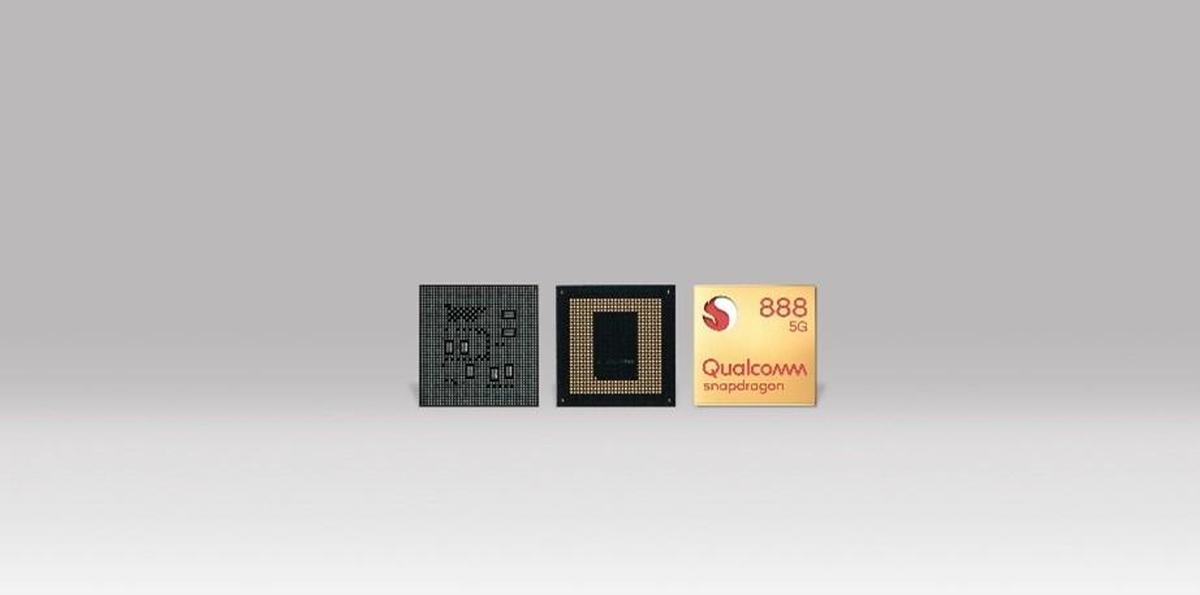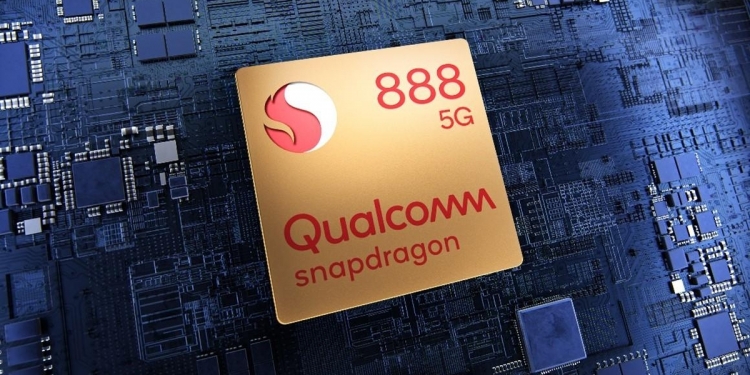As we just discussed, Qualcomm has just announced the Snapdragon 888—the SoC that will power the majority of Android flagship smartphones in 2021. Besides the auspicious name, the new chipset will come with a couple of significant upgrades, including a fully integrated X60 5G modem that should offer better power efficiency in devices.
But something else caught my eye: Qualcomm’s claim that the Snapdragon 888 will “transform” smartphones into “professional quality cameras”. This is down to the new Spectra 580 ISP (Image Signal Processor), which supports a throughput of 2.7 gigapixels per second. This opens up a host of possibilities for camera performance improvements—although OEM manufacturers such as Samsung or Xiaomi will have to implement some of these improvements into their smartphones on their own.
How will the Snapdragon 888 improve camera performance?
This is the first Snapdragon chip to feature a triple Image Signal Processor (ISP), which will—among other things—enable smartphones to record from three cameras simultaneously. This sounds really interesting, especially since smartphones are featuring an increasing number of cameras.
Using three cameras at once, you’ll be able to shoot three focal lengths simultaneously. This means that when jumping between different cameras (wide to ultra-wide to telephoto, and so on), Snapdragon 888-powered smartphones should be able to smoothly transition—giving you a similar experience to using a single zoom lens.
Qualcomm also says that the new chipset will allow for 120fps burst snapshots. Displays on smartphones are getting higher refresh rates these days, and it’s common to see modern devices with 90Hz, 120Hz, or even 144Hz refresh rates on their displays. As such, the Snapdragon 888’s triple ISPs mean that you’ll be able to record videos at 4K 120fps, which can then be played on a compatible 120Hz display.

Meanwhile, computational HDR video should also provide “dramatic improvements to colour, contrast, and detail”. Android Authority reports that this will be staggered HDR video recording, which differs from standards such as HDR10 and Dolby HDR (like we see on the iPhone 12 series). While these standards aim to improve the brightness of displays and colours within highlights and shadows, staggered HDR video recording is supposed to maintain as much highlight and shadow detail as possible.
Finally, Android Authority also says that the Snapdragon 888 will allow users to display and snap photos at a 64MP resolution—with zero shutter lag. For smartphones on the Snapdragon 865 which capture images at resolutions higher than 64MP (such as the Galaxy Note 20 Ultra with its 108MP camera), the images are merely previewed at 1/4 resolution, as opposed to actually displaying the full resolution image for the preview. Autofocus should also be faster with the Snapdragon 888, with data comprising thousands of images used with AI and machine learning for better subject recognition.
For now, we’ll have to wait for the first Snapdragon 888-powered smartphone to arrive. Perhaps the Galaxy S21 will be powered by it (or Exynos, depending on region)—in the meantime, OEMs such as Xiaomi, OnePlus, and ZTE have already pledged their support for the next-gen chipset.








